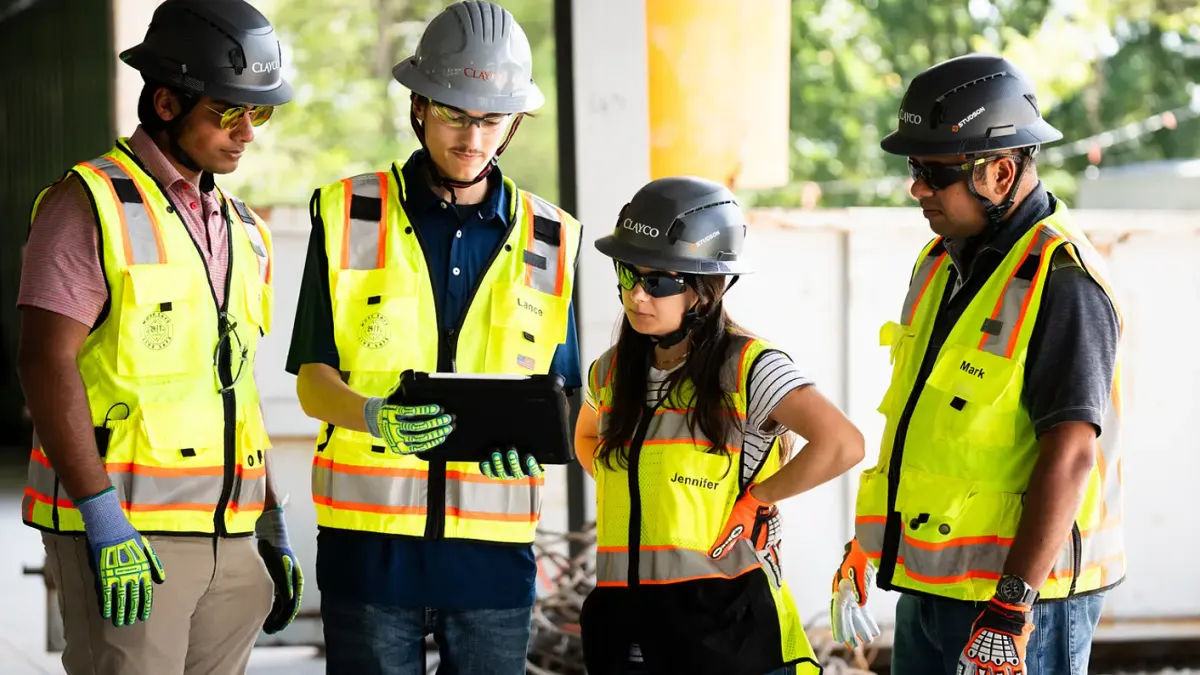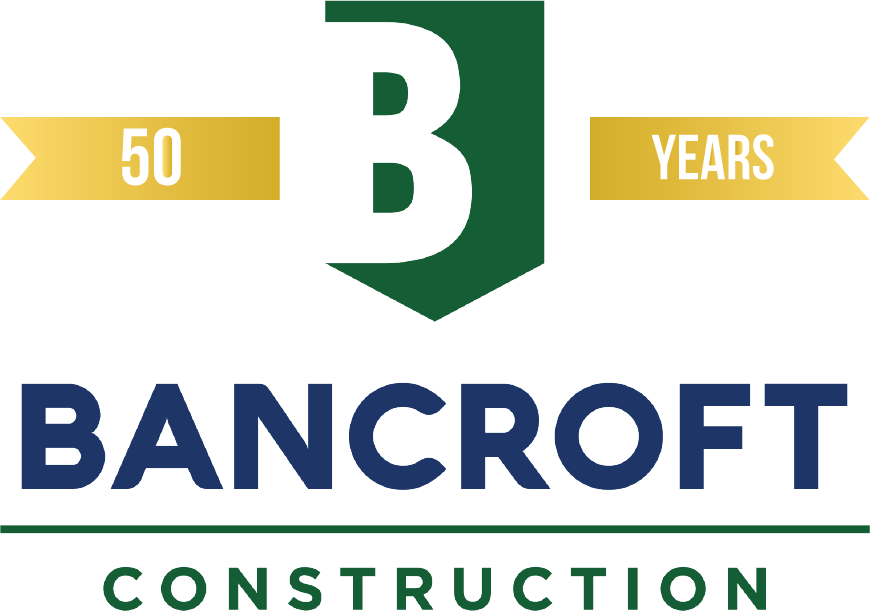Dive Brief:
-
Demand for design services climbed for the fifth-straight month in June, with the American Institute of Architects' latest Architecture Billings Index coming in at 54.2 for the month, compared to 53 in May and 50.9 in April. The ABI is an indicator of future construction spending with a nine- to 12-month lead time.
-
Within the index, the institutional sector rose from 51.2 in May to 52.6 in June. The commercial/industrial and multifamily residential sectors also rose for the month, with the former inching up from 51.2 in May to 52.1 in June, and multifamily jumping from 51.3 to 57.1 during that time. Mixed-practice fell from a score of 55.8 to 53.8.
-
The sub-index tracking new project inquiries slid from 62.4 in May to 58.6 in June. Design contracts also turned down for the month, from 54.8 in May to 53.7 in June.
Dive Insight:
The industry saw its payrolls grow in June, adding 16,000 net new jobs for the month. Despite June being the second-straight month of employment gains, job growth in construction remains unsteady as companies struggle to find workers.
While the release of the White House's 2018 budget proposal likely fueled renewed confidence in President Donald Trump's $1 trillion infrastructure plan, indications that the proposal could be sidelined until next year could be a drag on future construction. Earlier this month, Sen. John Thune, (R-SD), chairman of the Committee on Commerce, Science and Transportation, said legislators are too busy reaching deals on tax reform, healthcare, the debt ceiling and other government spending problems to decide how to fund the ambitious proposal.
In the past two weeks, raising the federal gas tax and expanding the Transportation Infrastructure Finance and Innovation Act loan program have been floated as potential ways to finance a future infrastructure bill. The administration has yet to disclose any concrete details on the plan, including when it might be put forth. And some fear that infrastructure may become less of a priority, after all. States are looking to ways to support their own infrastructure spending after Trump previously said an eventual infrastructure bill would shift funding responsibility to the states and rely on public-private partnerships.
Still, growing demand for design services points to renewed optimism in the sector. While specifics on federal investment in infrastructure may remain abstract plans for the foreseeable future, a pick-up in the multifamily residential, institutional and commercial/industrial segments suggest construction companies are staying busy.












